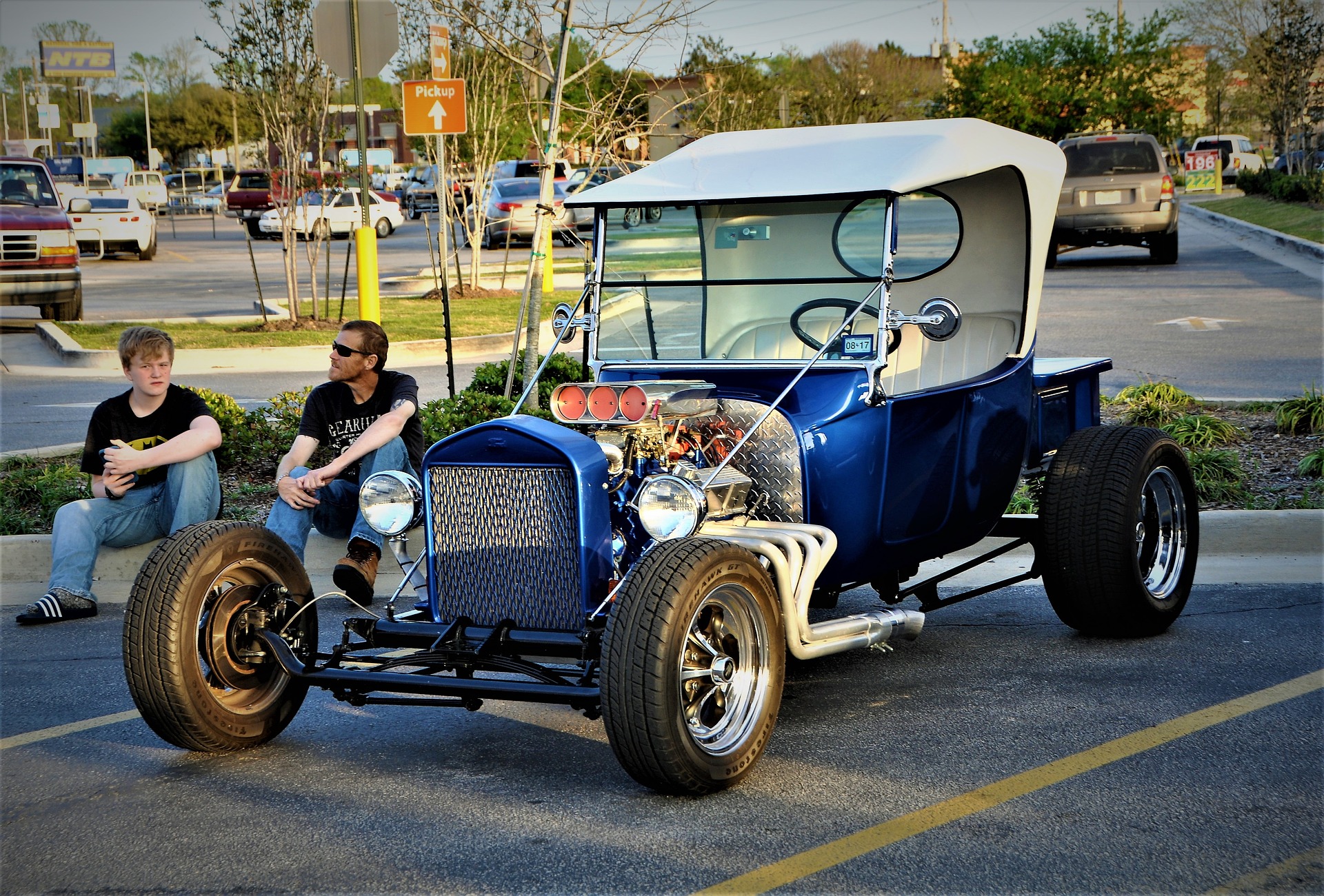Torque Vectoring: Transforming the Dynamics of Cornering in Cars
Introduction: Imagine a car navigating a tight corner with grace and agility, its tires gripping the road and its engine humming a satisfying note. This feat of performance isn't magic, but the result of an innovative technology known as torque vectoring.

A Closer Look at Torque Vectoring
Torque vectoring, a technology that’s becoming increasingly common in modern vehicles, is a system that controls the power sent to a car’s wheels during turns. It’s designed to improve handling, particularly when a car is taking a turn at high speed. This technology has roots dating back to the 1980s, when Mitsubishi first introduced it in their Lancer Evolution models. However, it wasn’t until the late 2000s that it started gaining popularity, as automakers like Audi, BMW, and Acura incorporated torque vectoring into their high-performance models.
The Mechanics Behind the Scene
The principle behind torque vectoring is fairly simple. When a car takes a turn, the inside wheels travel a shorter distance than the outside wheels. In a car without torque vectoring, this difference can cause the car to understeer or oversteer. Torque vectoring technology, however, allows the car to distribute engine torque individually to each wheel. This means that more power can be sent to the outside wheels, which helps the car maintain stability and control while cornering.
Torque Vectoring: A Game Changer for the Automotive Industry
Torque vectoring has had a profound impact on the automotive industry. It offers drivers a more engaging and dynamic driving experience, particularly in performance vehicles. More importantly, it significantly improves vehicle safety by enhancing stability and control. However, the technology also poses challenges such as increased manufacturing costs and maintenance requirements. Despite these potential drawbacks, the benefits of torque vectoring have made it a sought-after feature in many modern vehicles, from high-performance sports cars to everyday family sedans.
Current Trends and Future Developments
Torque vectoring is rapidly evolving, with manufacturers constantly innovating to improve performance and efficiency. For instance, some automakers are now developing electric torque vectoring systems for electric vehicles, which offer even greater precision and responsiveness than their mechanical counterparts. Furthermore, the incorporation of artificial intelligence (AI) in torque vectoring systems is another promising trend, as it could allow for real-time adjustments based on road conditions and driving style.
The Long Drive Ahead
As we move forward, torque vectoring is set to play an even more prominent role in the automotive industry. Its ability to enhance both driving pleasure and safety makes it a valuable technology for future vehicles. While challenges remain, the potential benefits of torque vectoring, coupled with the ongoing advancements in this field, suggest that this technology will continue to transform the way we drive.
Through the lens of torque vectoring, we see how the automotive industry continually pushes the boundaries of what’s possible, turning the seemingly impossible into a reality. It is a testament to the industry’s relentless pursuit of performance, safety, and innovation.




